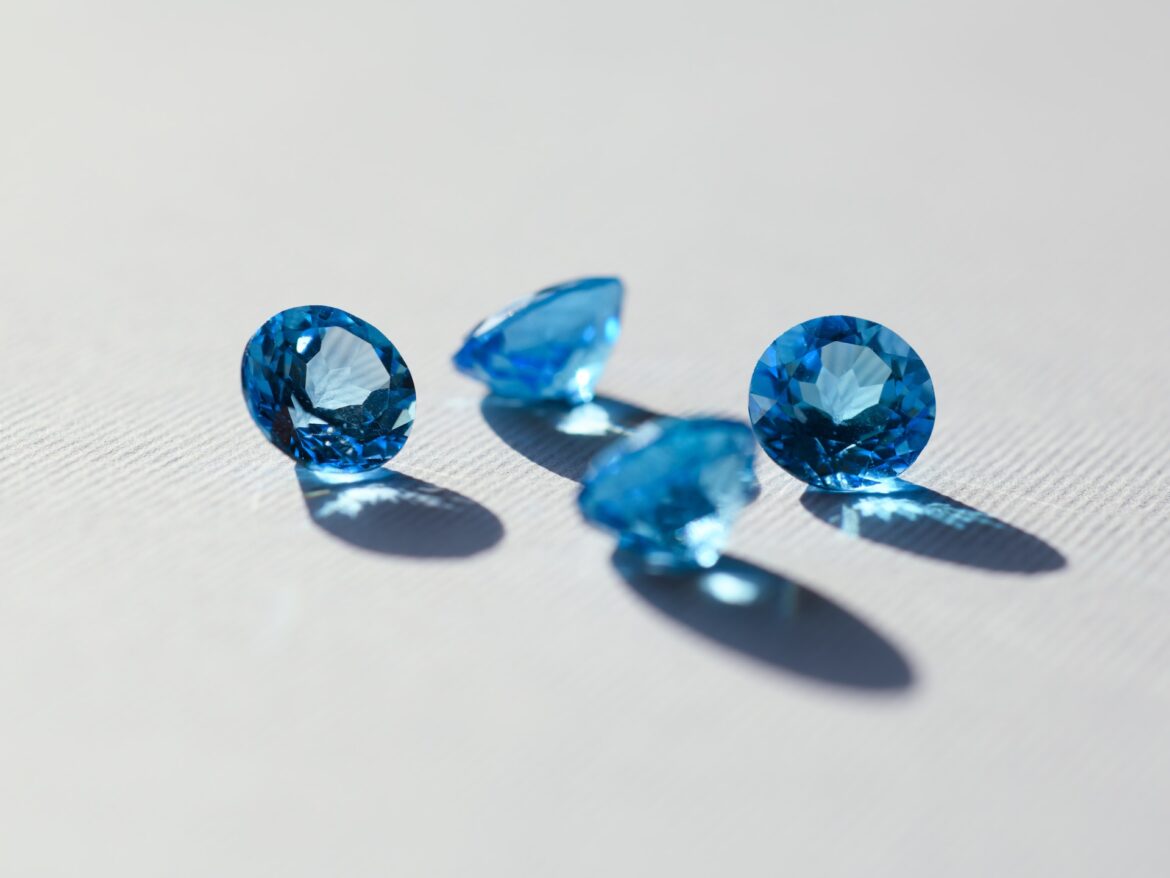The Mix of Modern Aesthetics and Traditional Craft in Accessory Making
Traditional crafts have served a fundamental role in human societies for millennia. Traditional crafts are passed down through generations as universal symbols of adornment and eventually represented in modern accessories.
While some aspects of ancient crafts have changed to match modern uses and technologies, the core inspiration remains the same. Today’s accessories preserve cultural heritage while enhancing everyday life. A look at the merging of traditional craft and modern aesthetics can help you pick timeless pieces and get the most out of your collection.
The Historical Significance of Traditional Crafts in Accessory Making
No matter the culture of origin, human ancestors used crafts, jewelry, and other adornments to reflect identity. In fact, crafts made of shells, stone, and bones have survived from prehistoric times. Within most societies, crafts and adornments could help identify an individual’s age, gender, occupation, or social status as symbols of rank; crafts and accessories gave individuals a sense of placement and belonging within any given group.
These items represented the skills and materials available in the specific time period. Crafts also adopted practical applications such as serving as currency or even inherited components of an estate. Finally, crafts and accessories even took on spiritual implications as members of society often used them in temples for religious rituals.
The Evolution of Traditional Crafts in Accessory Making
Throughout early history, crafts and accessories served a hierarchical role in society. In Ancient Egypt, for example, pharaohs wore gold to reflect their proximity to divinity and to the sun. Egyptian commoners wore accessories made of reeds, pottery, or clay.
Even as late as the Middle Ages, royalty distinguished themselves by wearing gold, silver, and precious gems. In contrast, European commoners who could procure accessories wore base metals like copper or pewter. With the development of advanced metalworking and standardization over time, craftsmanship became more sophisticated, and accessories became more available to individuals regardless of rank. This accessibility blurred the lines that once allowed crafts to distinguish rank, but the folk traditions associated with accessories and jewelry remained intact.
For example, individuals historically wore crystals as amulets to ward off evil. While the traditional use waned, the concept of using crystals for energy shifting and emotional balance is still very much in practice.
Similarly, most scholars believe that the birthstone originated from the religious breastplate of 12 jewels in the Exodus book. While this is no longer part of religious practice, most individuals know the stone of their birth month. Metallic colors to elevate clothing and expression remain in use, with brands like BAR jewelry offering a range of hues to suit individual tastes.
The Blending Traditional Crafts and Modern Aesthetics in Accessory Making
In today’s world, many accessories uphold ancient traditions while appealing to modern tastes. For example, contemporary jewelry often displays traditional symbols dating back centuries. Even the classic circle shape originates in the ancient representation of an eternity without a beginning or end.
And instead of losing traditions based on globalization, modern tools like online shopping have increased the availability of traditional art. This means that fashion enthusiasts and history buffs can find obscure designs originating in South America, Africa, Asia, or Europe. While finding such accessories would have been close to impossible in the past, contemporary fashionistas can have antique-inspired accessories delivered within a matter of days.
Modern tastes have also refined traditional accessories in terms of marketing and materials used. New technologies and non-precious materials like high-quality plastics, textiles, or synthetic fiber are often the most sought-after trends in seasonal accessories. For instance, shoppers could find that the same traditional necklace design originally in gold may now be available in eco-friendly textiles.
These changes challenge the notion that a few metals reflect status while retaining the principles of style and self-expression. Marketing from influencers or through channels like social media has introduced traditional accessories as wearable art while reinforcing the ways that adornment affects how you interact with others.
Conclusion
While they may initially seem different, traditional crafts and modern aesthetics can form a perfect union. Traditions have stood the test of time, and modern applications make them useful in everyday life. The combination helps you uplift your human heritage while celebrating new innovations.




